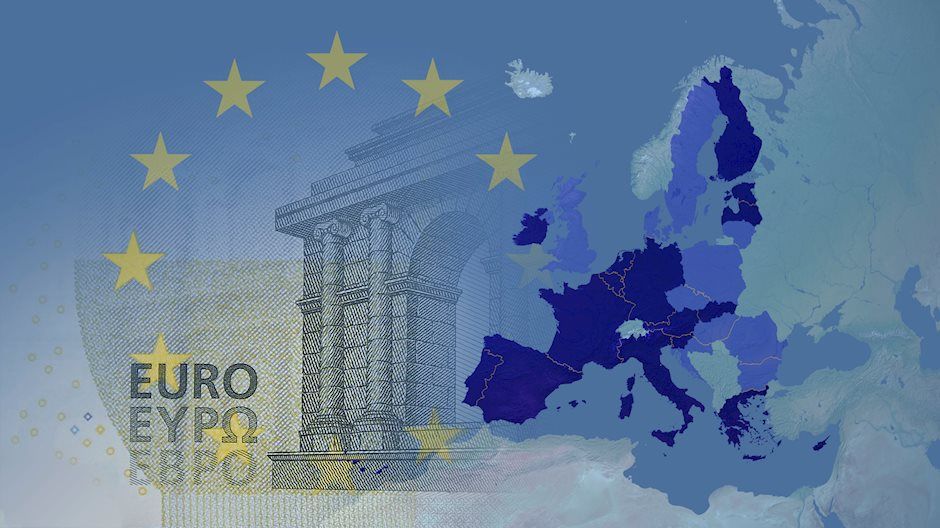Eurozone PMI sounds the alarm about growth once more

The composite PMI dropped from 50 to 48.1, once more stressing growth concerns for the eurozone. Hard data has actually come in better than expected recently – so ahead of the December meeting, the ECB has to figure out whether this is the PMI crying wolf or whether it should take this signal seriously. We think it’s the latter.
At the October European Central Bank meeting, President Christine Lagarde said that everything was heading in the same direction: downwards. She put a lot of emphasis on the PMIs, which had just dropped below 50 – signalling contraction – in September. Since then, the most important indicators have actually gone up, including GDP and inflation.
The November PMI is another wake-up call for eurozone policymakers that the economy continues to show signs of weakness. But after the third-quarter GDP figures showed an acceleration, the question is how seriously this signal will be taken. The boy who cried wolf comes to mind. But don’t be mistaken, the underlying message is in line with GDP growth slowing markedly. We expect the fourth quarter to show stagnation with 0% growth.
According to the survey, the services PMI also dropped below 50 and signalled contraction. New business is weakening again for both manufacturing and services with export orders in particular being down sharply as the eurozone economy battles weak demand from abroad. Businesses also became gloomier about the outlook for the year ahead.
For prices, there was a small uptick in input cost inflation for the service sector, likely related to wage growth. Output prices also rose a bit compared to last month, but remain below last year’s average. Ultimately, price pressures remain muted and with demand continuing to come in weaker, worries about persistent above target inflation should fade. Amid a lot of noise around the direction of the eurozone economy, that sign is something to take seriously.
Read the original analysis: Eurozone PMI sounds the alarm about growth once more
Author

Bert Colijn
ING Economic and Financial Analysis
Bert Colijn is a Senior Eurozone Economist at ING. He joined the firm in July 2015 and covers the global economy with a specific focus on the Eurozone.

















